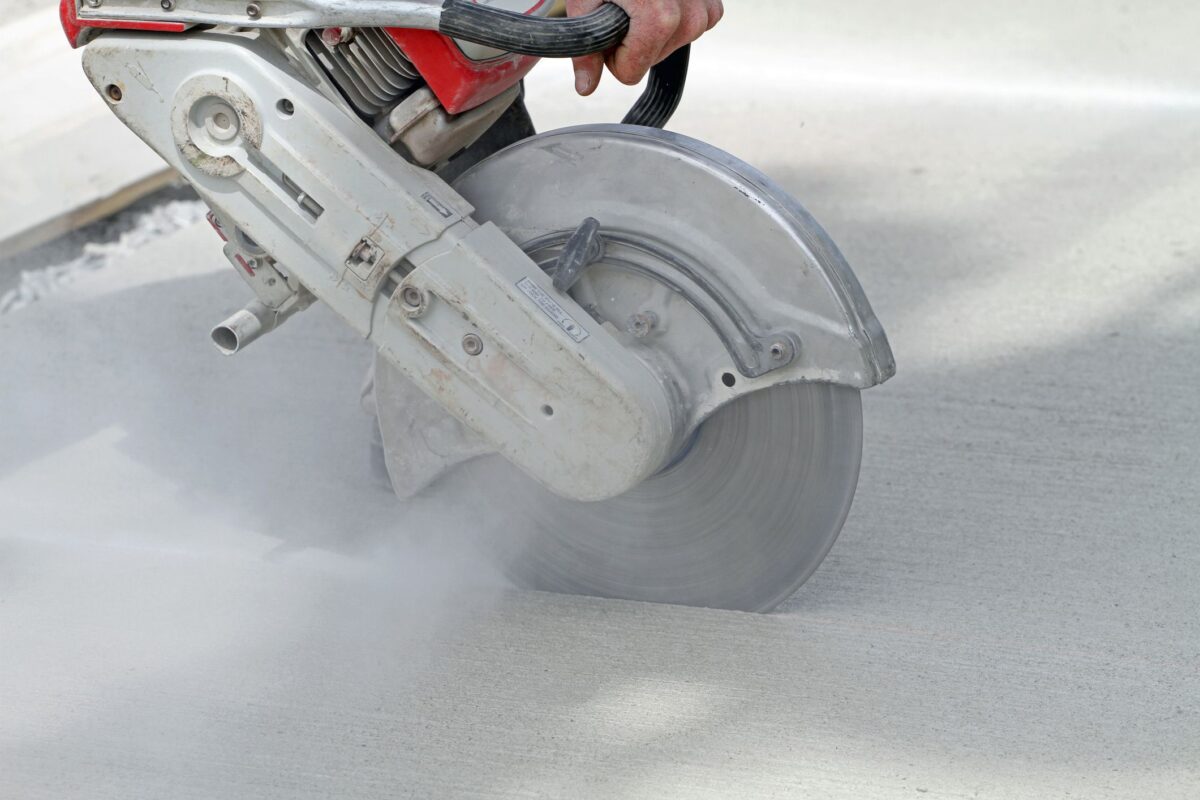Whenever the pouring of the concrete is done, the main focus should be on the cutting of the expansion joints in the concrete. You can have much better control over the random cracking by cutting the control joints in the concrete. Cracking occurs in the concrete slabs soon after pouring and setting.
Concrete saw cutting, and diamond drilling can be challenging tasks to perform. You will also find cutting the expansion joints a more arduous task if you lack the proper knowledge about this. So, to ensure that your work is carried out smoothly, you should know about the specific techniques that work best.
Not only that, but you should also comprehend where to place the cuts exactly and when to time your cutting. If you are not clear about these, then don’t worry. We have dedicated this guide to solving all your queries related to concrete saw cutting.
The main objective behind this guide is to make sure that you are making the highest quality cuts to ensure the best possible finish for your concrete. So, let’s dig into our detailed discussion.
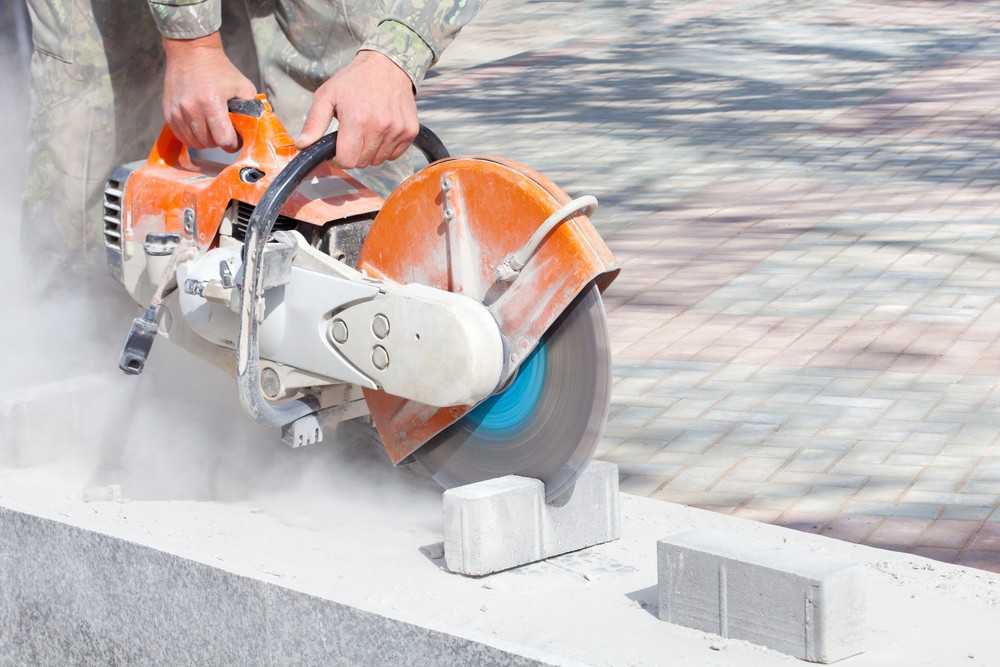
What Do You Understand By Expansion Joint Cutting?
Once the pouring of the concrete is done, it starts to set it and shrinks as it hardens. Ultimately, it is condensed into one solid mass. The concrete becomes prone to issues like random cracking with the leaving of moisture and hardening of it.
These types of random cracking are referred to as shrinkage cracks. These shrinkage cracks are again hugely affected by many things, including tensile strength, elasticity, hot weather, and more. The main advantage of concrete cuts is that it aids in the alleviation of random cracking. It creates weak points in the concrete slabs, thereby forcing cracks along with the cuts.
When Should You Cut Concrete Saw?
You must adequately understand the suitable time to see cutting the concrete slab. Several issues can arise if you focus on cutting too early. These issues involve ravelling, leaving a messy edge, especially along with any made cuts. On the other hand, if you cut too late, you can ultimately create more random cracking.
So, it is crucial to know when to cut concrete saw slabs. Once the pouring of concrete is done, it is recommended to begin cutting your concrete slab within 6 to 18 hours. During hot summer months, you can start early, i.e. within 4 hours of pouring the concrete.
Making minor trial cuts is always a good idea before you start working with your concrete cutting saw. In this way, you would be able to check for ravelling effectively. You can begin cutting control joints if you don’t see any signs of ravelling along the edges of your cuts.
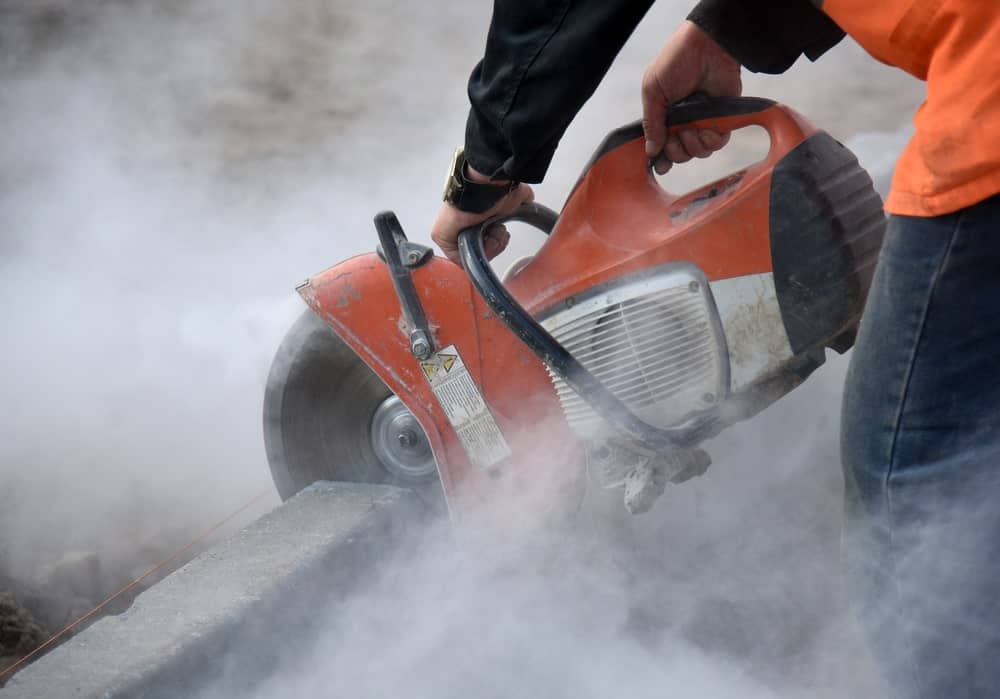
Where To Consider Saw Cutting Concrete?
Before starting saw cutting of the concrete slab, you must first choose where these specific cuts will be made on the concrete. It is recommended to begin cutting the control joints at the centre or on the column lines.
Your primary focus should be to space the joints at 24 to 35 times the thickness of the slab. However, it would help let an engineer who is well conversant with the individual project decide the exact spacing.
When selecting what area to start cutting the expansion joints, you should choose an area that lacks any steel reinforcement continuing from one particular slab to another. Based on the amount of reinforcement that the concrete slab has, this spacing should be about 3 to 5.5 metres. It is highly recommended to decrease the spacing between cuts if the concrete slab has high shrinkage.
How To Saw Cut Concrete?
Once you have decided on where to place your cuts, you now need to mark them with the help of a chalk line. In this way, you would be able to keep your cuts precise. Whenever it comes to saw cutting concrete slabs, you will find the easy availability of many different methods and tools in the market. So, it is essential to know about the right tools and methods, which we will mention in the following section:
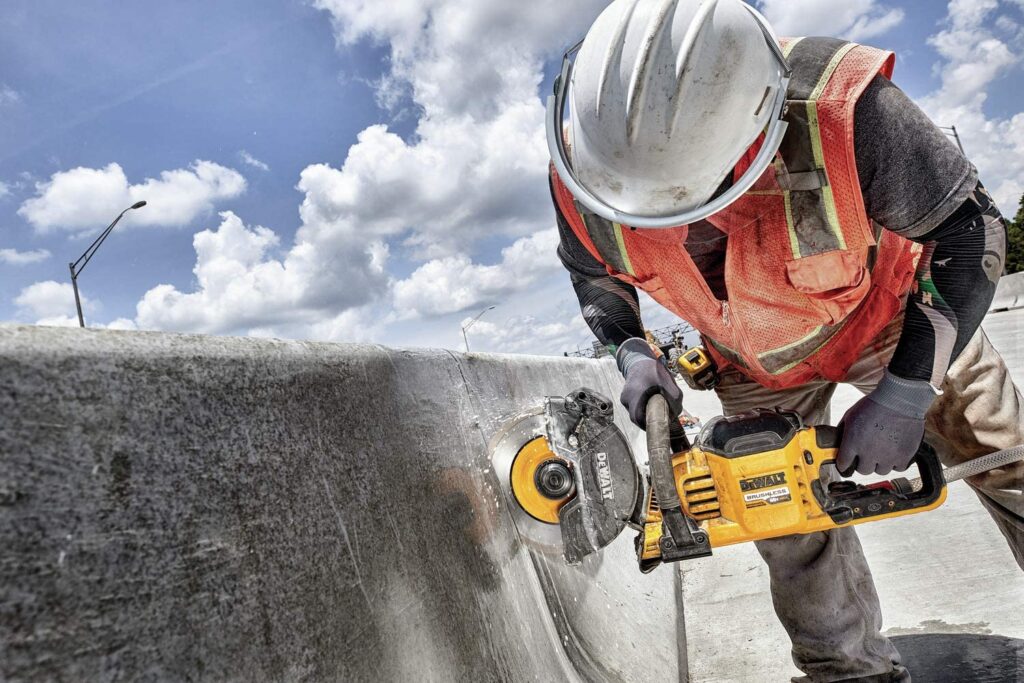
What Are The Right Tools To Use?
Most concrete saw cutting companies use specialised concrete cutting blade circular saw, which is also a recommended tool for carrying out this work. These handheld saws are specially built for heavy-duty work. Also, it is suggested that you use a diamond concrete cutting blade with the saw to carry out the job smoothly.
Diamond blades are considered the best choice of concrete saw blades available. These blades are designed to effectively slice through the densest and rigid surfaces possible.
You will find the availability of these blades for both dry and wet cutting. Diamond blades are also known to be an easy alternative while you are selecting a blade for performing your job.
What Are The Available Methods?
While you are cutting concrete with the help of a circular saw, you will find the availability of two main methods to choose from. It includes wet cutting and dry cutting. Let’s understand these methods properly in the following section:
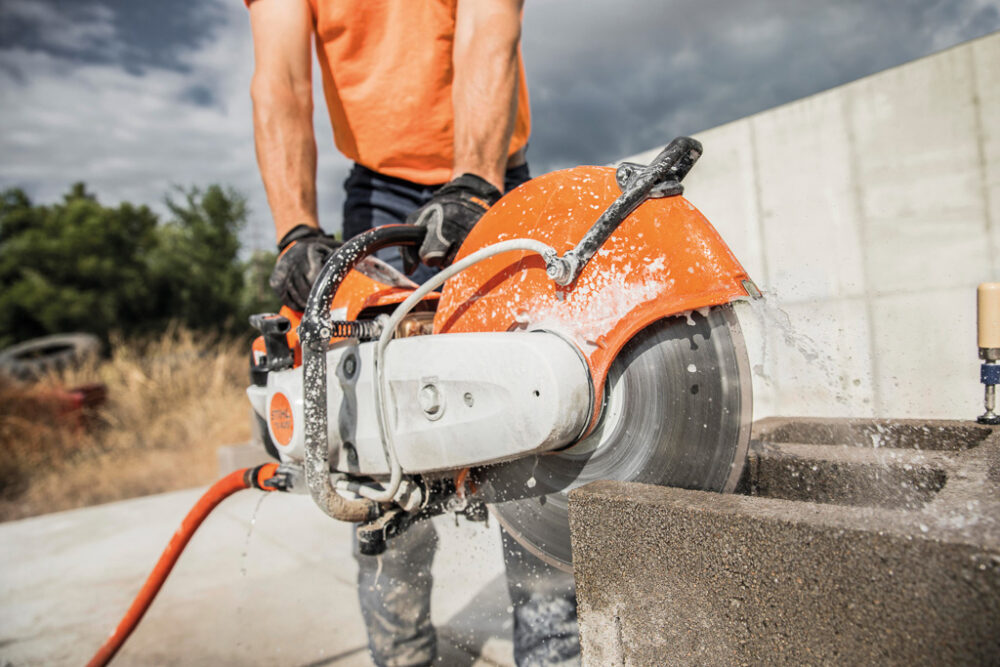
Dry Cutting
The method of dry cutting is sometimes utilised for carrying out the work. In this case, the concrete is kept dry while the saw cuts the concrete slab. To allow airflow around the handheld concrete saw blades, it is highly recommended to go for alternating and thin cutting. In this way, you would also be able to avoid overheating issues.
Wet Cutting
Out of these two methods, wet cutting is the most recognised one. Wet cutting aids in effectively controlling the silica dust generated while saw cutting concrete slab. This particular method uses water to wet the concrete slab surface.
Silica dust comes with many serious health risks as it can cause harm to your respiratory system and lungs. It even imposes you to the risk of lung cancer. So, it is preferred to go for wet cutting concrete as it helps in a significant reduction of the dust concentration by about 85%. Not only that, but wet cutting also helps prevent overheating of the diamond blades.
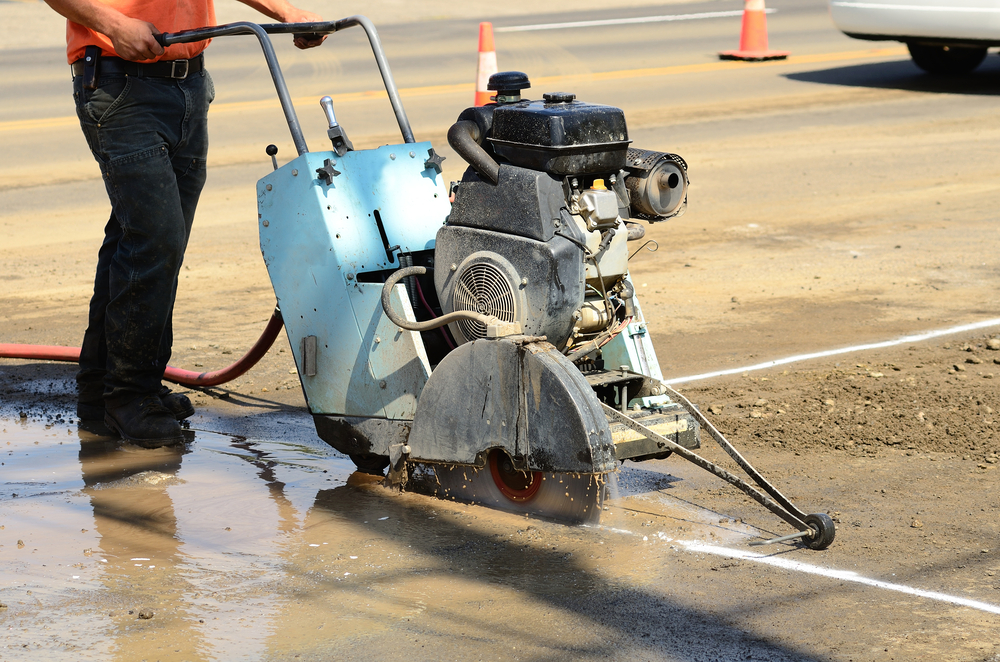
Cutting Depth
While carrying out the work, always aim to cut to a depth of one quarter to one-third of the thickness of the concrete slab.
Essential Tips To Follow For Concrete Saw Cutting
All that you need is to utilise the below-mentioned tips to ensure that you are cutting concrete effectively:
- If you utilise the wet cutting method, you should ensure that the water runs to the blade.
- Avoid twisting of the concrete cutting saw blade.
- Always be ready by wearing proper safety gear.
- Never allow the concrete cutting saw blade to spin in the cut, or you will increase the chances of wear.
- Avoid exerting too much pressure or forcing concrete saw blades specifically into a cut. Allow the weight of the saw to do the work.
- While cutting expansion joints, you need to retract the blade and allow it to run every 30 seconds. In this way, you would reduce the chance of overheating effectively.
Closing Thoughts
All in all, concrete saw cutting can be a challenging task, and making any mistake can increase the project’s overall cost.
Not confident about carrying out this work on your own? In that case, it is always recommended to opt for the assistance of a professional concrete saw cutting or diamond drilling London company like CADrillers. They possess the skills and expertise, so they can effectively do the work for you.

